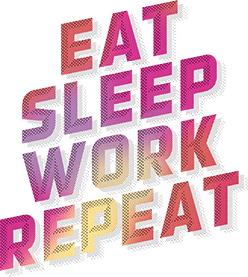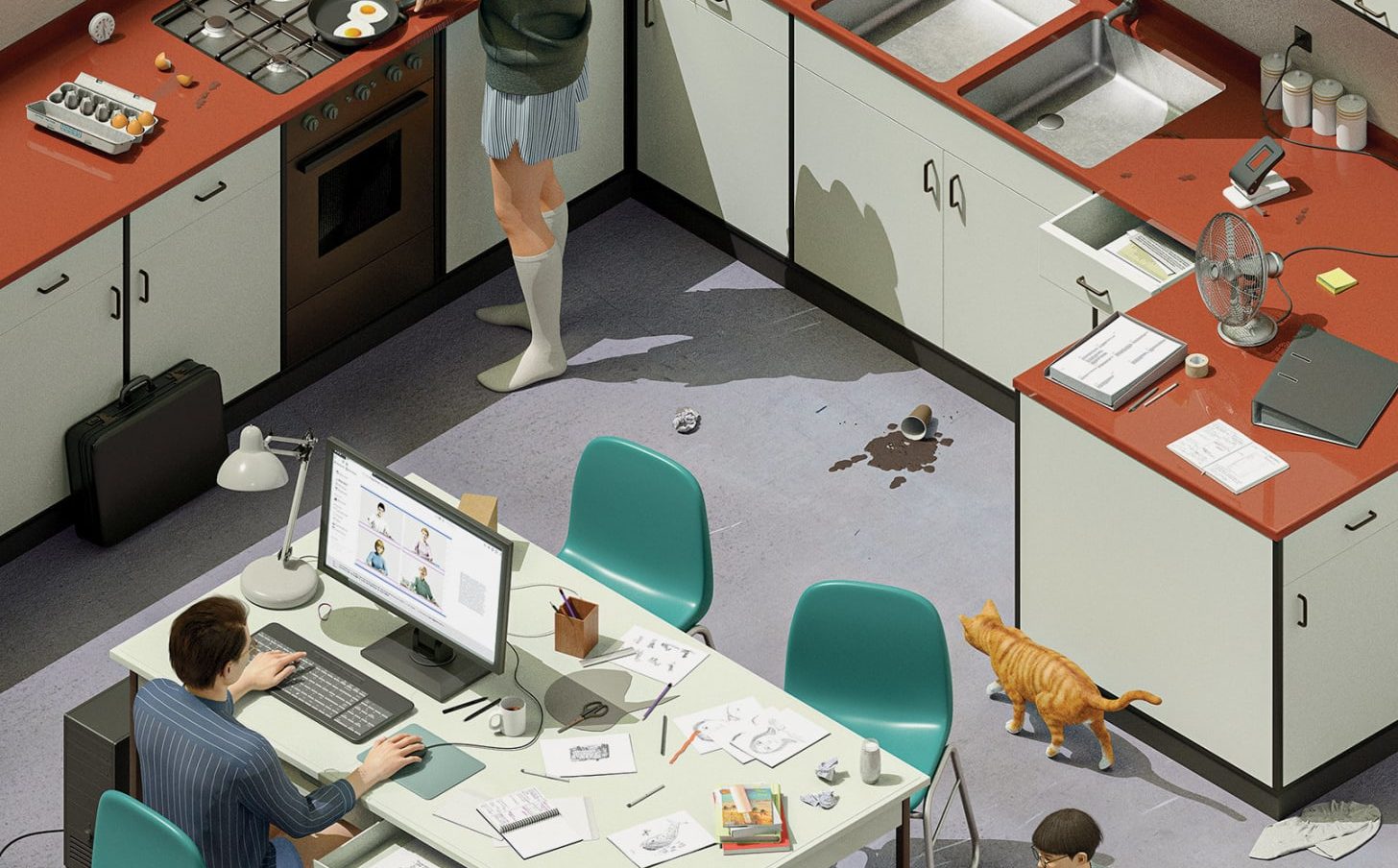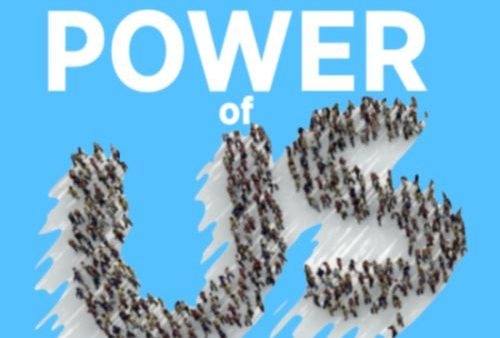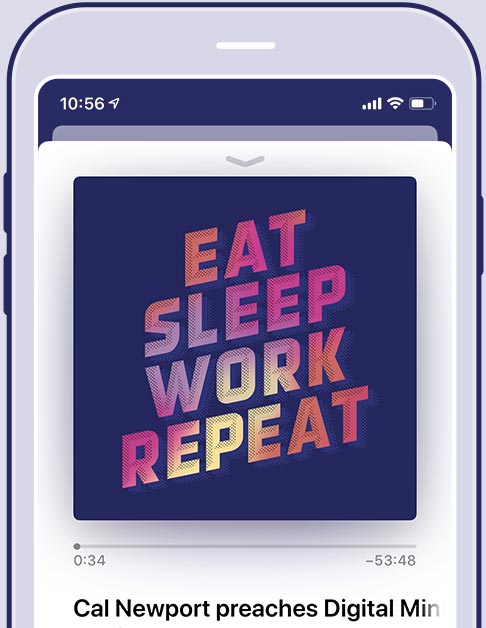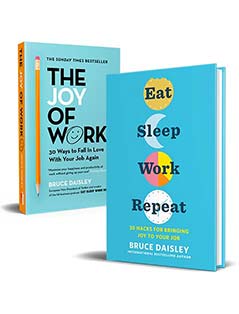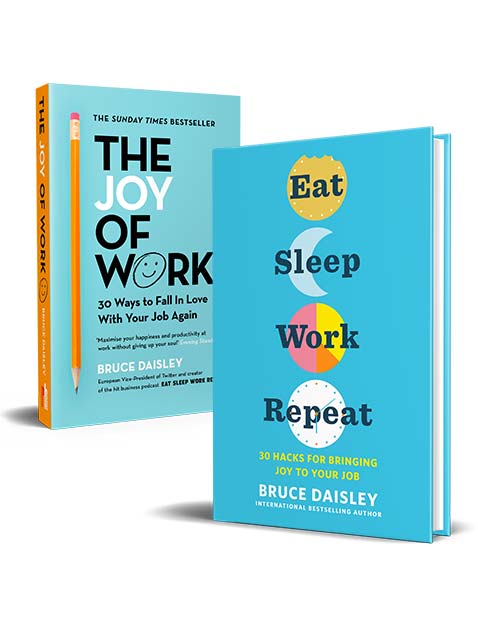The power of weak ties
Someone hit me up on LinkedIn a couple of weeks ago for feedback on their (incredible and timely) business idea (I’ll very willingly mention it when it gets closer to launch). Along the way they mentioned the research into The Strength of Weak Ties.
The Strength of Weak Ties is a paper from 1973 that argues that strong ties (like with family, friends) are characterised by strong affinity, but it’s the weak tie connections between an individual and the people on the periphery of their group that seem to have the most impact on them and the outcomes in their lives. The best insights come from weak ties, unusual ideas come from weak ties. Professor Sandy Pentland (in the video I shared in the newsletter three weeks ago) even mentions innovation comes when people in one department chat to another department they’re not really meant to work with – innovation comes from weak ties.
The challenge for us of us right now is that weak ties in the workplace are the thing that is likely to be sacrificed by the end of office cultures. Workplace technology firm, Humanyze, say that weak tie communications have dropped 30% since the pandemic. An emerging truth is that the cultures that stand out will be the ones who work out how to forge links between people who aren’t in Zoom calls together.
PS. Talking about the advantages afforded to someone by their wider network might be slightly off-trend – these wide networks are normally the way that privilege is preserved: the Old Boys Club etc. Many organisations have used the power of weak ties to bring in employee referrals and – unchecked – the approach can be at the expense of diversity. (Not always – you just need to plan for it: link 1, link 2).
Reminder: strategy is what you choose not to do
Slowly, slowly I’m working through all of the guides to remote work from different firms – by god there are some terrible ones. And on that theme, here’s Zoom’s. Full of culture babble about ‘getting alignment’ and scary sentences like “you’ll still be able to see if [employees] are happy in their work by seeing positive behaviour (like smiling, laughing and meaningful small talk) whenever you get on a video conference..”
Yes. I’ll look out for them smiling on the Zoom™ conferences. My favourite remains Basecamp (which is here again) because it details their disagreements with the world – “meetings are a last resort”.
I worked through the Basecamp doc with someone this week and while they were horrified about the idea of asynchronous work in documents (as a replacement for video calls) the spikiness of it helps to force decisions. If the old truism stands: ‘strategy is what you choose not to do’ then right now a lot of firms aren’t making strategic choices about our use of time and energy. The end result is that a wave of burn out is coming at all of us before the end of the year.
(Slack’s guide to working is kind of terrifying feeling like an offshoot of the Scientology tests they use to lure people into L. Ron Hubbard’s pyramid sales religion. Slack try to suggest that there are two sorts of working cultures: aligned and unaligned and that their tech offers the former. I like Slack and it felt like a sales document).
Map of remote products
A very comprehensive map of the remote solutions on the market. Fascinating to look through some of the products trying to find a market (click to see the map). I am *very* skeptical of app solutions to workplace culture (as I sadly have to tell two or three hopeful PRs each week) but it’s intriguing to see products in different spaces like remote hiring, virtual whiteboarding, asynchronous voice messaging and more. (Alternatively here in spreadsheet form).
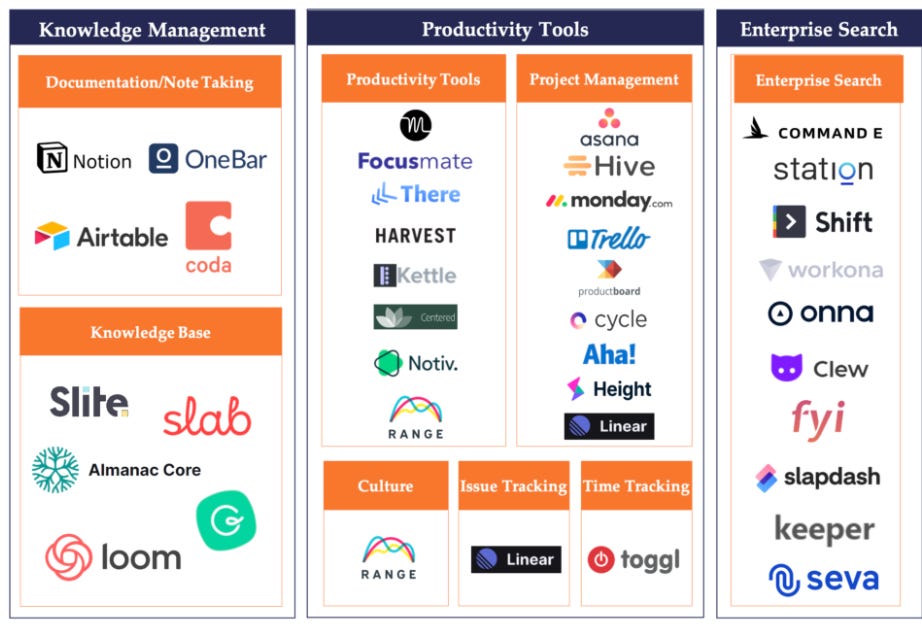
Fewer predictions, more experiments: new podcast
David D’Souza is one of the wisest, wittiest commentators on the evolving work of work and I was delighted to pick his brains on what he sees happening next. His conclusion? This is a time for experiments, not predictions. Spot on. Listen now.
What do we want people to say about us on Glassdoor?
I did a half-day session last week with an FT250 company’s board helping scope out the future of their remote working model. It’s impressive to see the vision that some firms are giving to this. (Happy to share details if you’re interested in the methodology, or in hiring me to do the same). The more intentionally any of us think about what we want work to feel like by the end of 2021, the more likely we are to get there.
My feeling is very strongly that by the end of next year there will be massively differentiated experiences of work reported on sites like Glassdoor. In various discussions this week people have described a massive range of experiences to me:
“my work has told us not to empty the dishwasher on work time”
“I’m on between 40 and 50 hours of Microsoft Teams a week”
“I’ve never felt more empowered and trusted to get my job done”
Most Glassdoor reviews described broadly the same cultures at different workplaces. An interesting exercise is to ask yourselves now: “Someone will be writing a Glassdoor review of our firm next year, what do we want it to say? And why should it say it?”

- Thought provoking FT piece about the loneliness of work – and its impact on our decision making
- loving this – if you’re doing a lot of video presenting (maybe you’ve got a sales team who need to work out how to look slick in a world without sales meetings) – this eCamm software allows you to do very clever stuff with the video you share to video calls (the clever bit is in the second half of the clip). PS I tested it and a lot of the good stuff seems not to work in the latest Zoom build so try before you buy…
- If you’re interested in (timely) case studies of organisational change then the story of the Camden, New Jersey police is unquestionably the story of the moment. They ripped down the police force and started again. Here the chief tells how they did it ($), here’s similar without a paywall.
- If you liked the Klopp episode John Burn-Murdoch (the FT’s coronachart guy) has done Klopp in 9 charts
- “Workers’ happiness grew in correlation with the number of hours they worked remotely — up to 15 hours a week, at which point… it plateaued,” – some evidence suggests that two days a week at home is the sweet spot of balancing productivity with the avoidance of isolation
- More firms are trying academic style ‘office hours’ – gaps left for unscheduled drop-ins and chats (from Cal Newport in the New Yorker)
